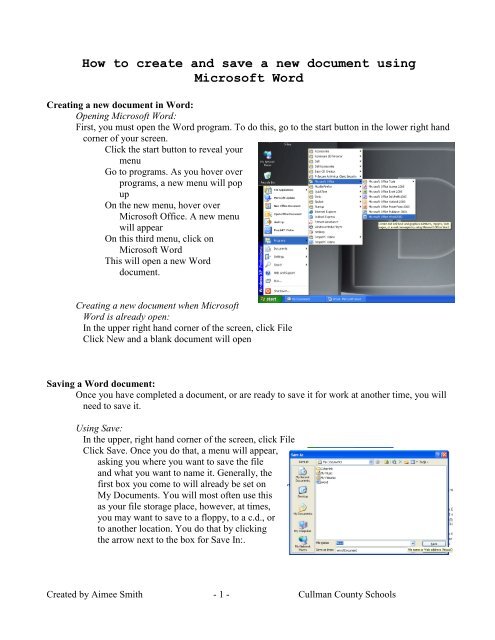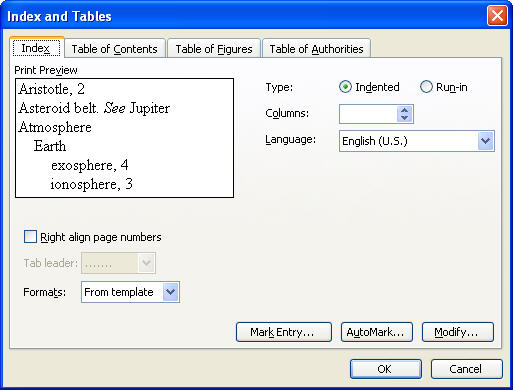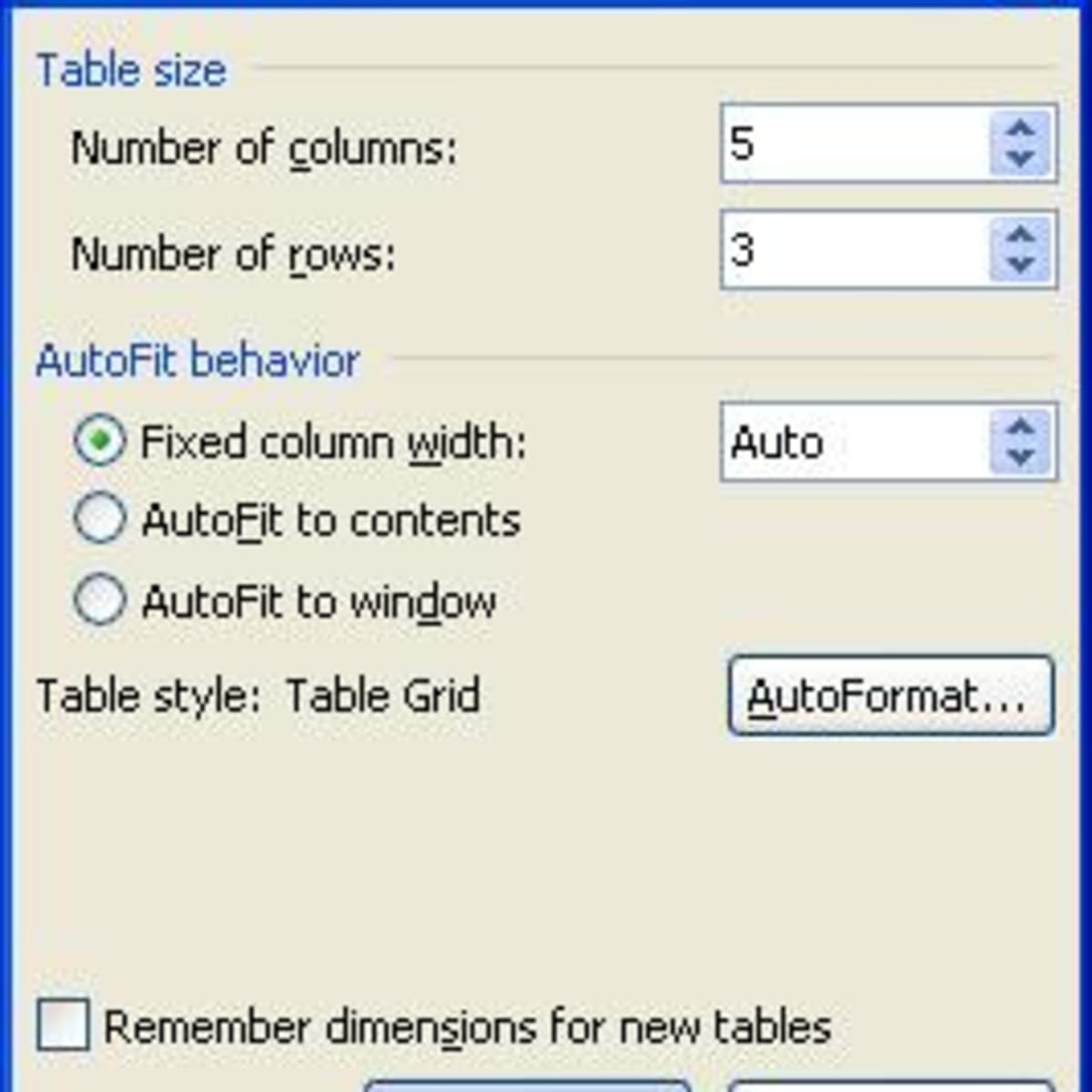


PRODUCT( ) Returns the result of multiplying a list of values. OR( x, y) Returns the value 1 (true) if either or both logical expressions x and y are true, or the value 0 (zero) (false) if both expressions are false. NOT( x) Returns the value 0 (zero) (false) if the logical expression x is true, or the value 1 (true) if the expression is false. MOD( x, y) Returns the remainder that results from dividing the value x by the value y a whole number of times. MAX( ) Returns the largest value in a list. MIN( ) Returns the smallest value in a list.
#In microsoft word 2003 windows#
Windows Explorer tells me its at C:UsersOwnerAppDataRoamingMicrosoftTemplatesnormal.dot, but I dont see andy AppData in the UsersOwner display. INT( x) Returns the numbers to the left of the decimal place in the value or formula x. Normal.dot in Microsoft Word 2003 Im running Microsoft Office 2003 and want to change the normal.dot file, but I cant get at it. When you create, open, or save a document in Microsoft Office Word 2003, the document may contain content that you may not want to share with others when you distribute the document electronically. DEFINED( x) Returns the value 1 (true) if the expression x is valid, or the value 0 (false) if the expression cannot be computed. This article describes various methods that you can use to minimize the metadata in your Word documents. It will appear at the top of the pane no matter how you decide to display or order your styles. COUNT( ) Returns the number of items in a list. Since at least Word 2003, at the top of the Styles Panes list of styles there is a command to Clear All (Clear Formatting in Word 2003). AVERAGE( ) Returns the average of a list of values. AND( x, y) Returns the value 1 if the logical expressions x and y are both true, or the value 0 (zero) if either expression is false. ABS( x) Returns the positive value of a number or formula, regardless of its actual positive or negative value. The functions AVERAGE(), COUNT(), MAX(), MIN(), PRODUCT(), and SUM() can also accept references to table cells as arguments. Arguments can be numbers, formulas, or bookmark names. Functions with empty parentheses can accept any number of arguments separated by commas (,) or semicolons ( ), as long as you use the list separator defined as part of the regional settings in Microsoft Windows Control Panel.

The = (Formula) field can use values returned by the following functions.


 0 kommentar(er)
0 kommentar(er)
